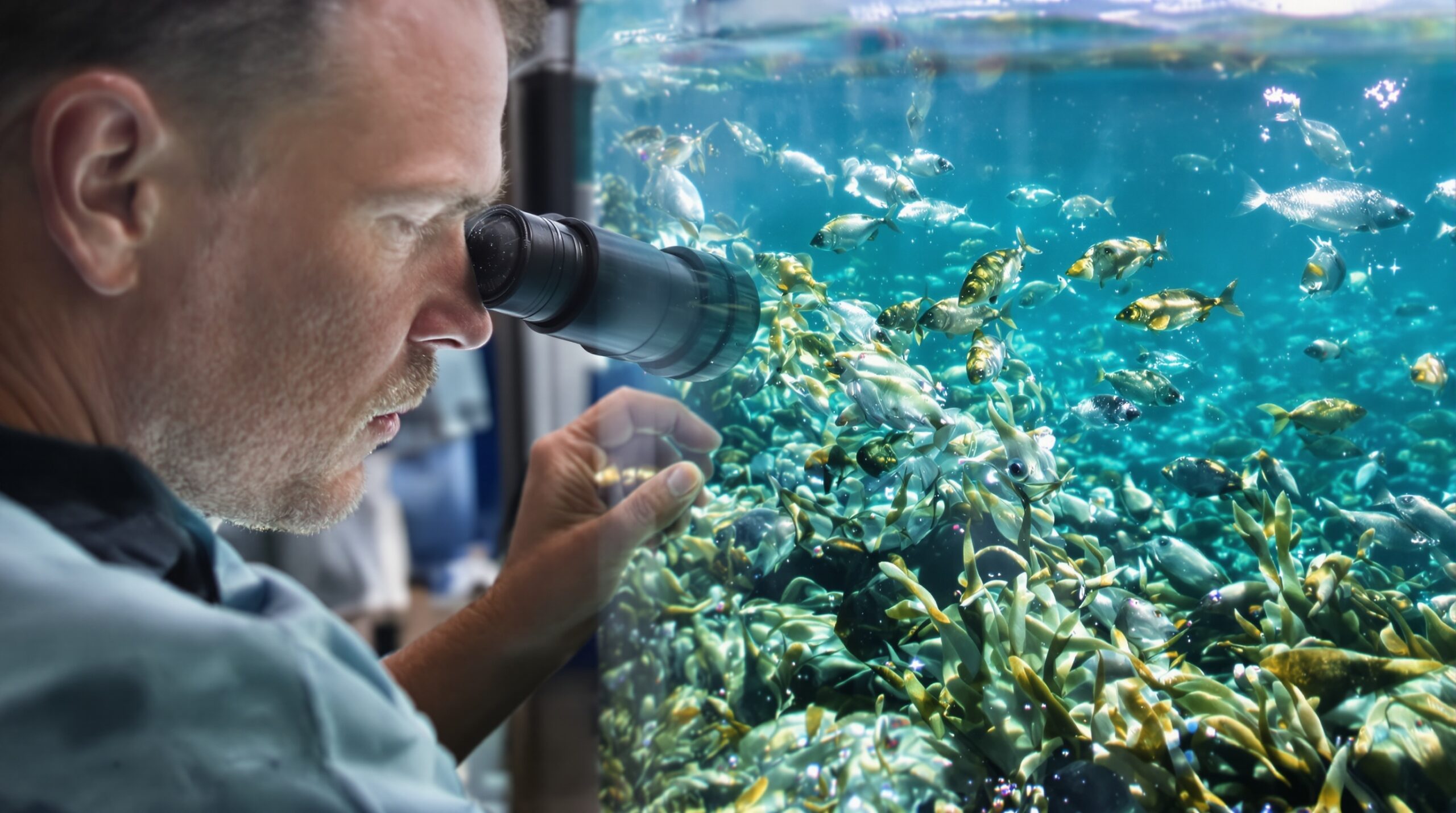Microplastics are becoming a widespread concern in marine ecosystems. These tiny plastic particles, often measuring less than five millimeters, infiltrate oceans around the globe. Their prevalence affects not just water quality but also the health and survival of countless marine organisms. Efforts to understand microplastic pollution continue to reveal startling impacts on oceanic ecosystems.
What Are Microplastics and Where Do They Come From?
Microplastics originate from larger plastic debris that breaks down over time. Everyday single-use plastics, synthetic textiles, and personal care products all contribute to this problem. When larger plastics degrade, sunlight, wind, and waves fragment them into much smaller pieces, known as microplastics. Some microplastics, called primary microplastics, enter the environment already at a microscopic size, such as plastic beads in cleansers or synthetic clothing fibers released during laundry.
Ocean currents transport these minuscule particles across continents and even into the remotest parts of the sea. The widespread presence of microplastics in habitats from coral reefs to polar waters reveals just how pervasive this issue has become. As we trace the journey of microplastics from source to sea, their significant impact on marine life emerges as a central concern.
How Microplastics Enter Marine Food Webs
Microplastics can be mistaken for food by small marine animals such as plankton and small fish. These particles then travel up the food web through predation, reaching larger marine animals, including commercially important species like tuna and shrimp. As microplastics accumulate within bodies, they sometimes become toxic by concentrating other pollutants on their surfaces.
The ability of microplastics to mimic prey items makes them especially dangerous for filter-feeding animals. Mussels, oysters, and baleen whales consume large quantities of microplastics while feeding, often unknowingly. This intake can have dire consequences for entire marine communities. The continuous cycling of microplastics through food chains highlights the magnitude of this environmental threat.
Physical Health Impacts on Marine Life
Microplastics can physically harm marine animals in various ways. Ingested plastics may cause blockages in digestive tracts of fish, turtles, and seabirds. Physical abrasion from these particles can damage internal organs, impairing nutrient absorption and leading to malnutrition. Plastic ingestion has also been linked to reduced growth rates and reproductive failure in several species.
Animals that become entangled with larger plastic debris or interact with microplastics encounter similar health challenges. The sub-lethal effects often remain hidden to the naked eye but can accumulate over an animal’s lifespan. As microplastic concentrations increase, the risk of long-term population declines grows.
Chemical Effects and Pollutant Transfer
Microplastics can act as carriers for toxic chemicals that exist in the ocean. Pollutants such as pesticides, heavy metals, and persistent organic pollutants cling to plastic surfaces. When marine organisms ingest these particles, harmful substances can leach into their bodies. This chemical cocktail poses hazards that scientists are only beginning to document.
Shellfish, seabirds, and fish exposed to chemically-laden microplastics exhibit abnormal hormonal, immune, and metabolic responses. Chemicals transferred in this way can disrupt biological processes, affecting everything from behavior to reproduction. This means the damage does not end with the primary consumer but may cascade up the food web.
Impacts on Coral Reefs and Sensitive Habitats
Coral reefs serve as biodiversity hotspots and are particularly vulnerable to microplastic pollution. Microplastics can settle on coral surfaces, inhibiting growth and increasing the risk of disease. Corals that ingest microplastics often display stress responses that weaken the entire ecosystem. The decline of these habitats threatens the countless species relying on reefs for shelter and food.
Seagrass beds and mangrove forests, critical nursery zones for fish and invertebrates, also trap microplastics in their dense roots and sediments. These habitats play vital roles in maintaining healthy fish populations and supporting biodiversity. Microplastic accumulation here jeopardizes the foundation of marine food webs. Safeguarding sensitive ecosystems requires urgent action to reduce microplastic pollution at the source.
Possible Solutions and Ongoing Research
Tackling microplastic pollution begins with reducing plastic production and improving waste management practices on land. Bans on microbeads have shown some success, but secondary microplastics still persist. International agreements, like the United Nations’ efforts to establish a global plastic treaty, represent significant steps toward ocean protection. Scientific research helps shape these initiatives by providing evidence of harms and solutions.
Monitoring programs using new molecular and imaging technologies increase detection accuracy and expand understanding of microplastic dispersion. Researchers are developing alternative biodegradable materials designed to break down safely in marine environments. Community-driven beach cleanups and awareness campaigns also play a crucial role in curbing pollution. As new information emerges, governments, industries, and consumers must cooperate to stem the tide of plastics.
Why the Issue Matters to Everyone
Humans are inseparable from the health of oceans. Seafood considered safe to eat may contain microplastics, raising food safety and public health questions. Damaged marine environments can no longer provide crucial services like carbon storage or storm protection. Economic losses follow declines in fish stocks, tourism, and ecosystem health.
Individuals can limit personal plastic use, choose sustainable products, and participate in cleanup efforts. By acting collectively, society helps protect the intricate and irreplaceable web of marine life now threatened by microplastics. Continued vigilance and innovation will pave the way for healthier oceans and a more resilient planet.
Moving Forward Together
The problem of microplastics will not vanish overnight, but growing awareness offers hope for change. As science uncovers more about hidden impacts, solutions become clearer and more urgent. A combination of policy, technology, and conservation will help secure oceans for generations to come. Every informed choice brings us closer to pristine and thriving marine environments once more.


